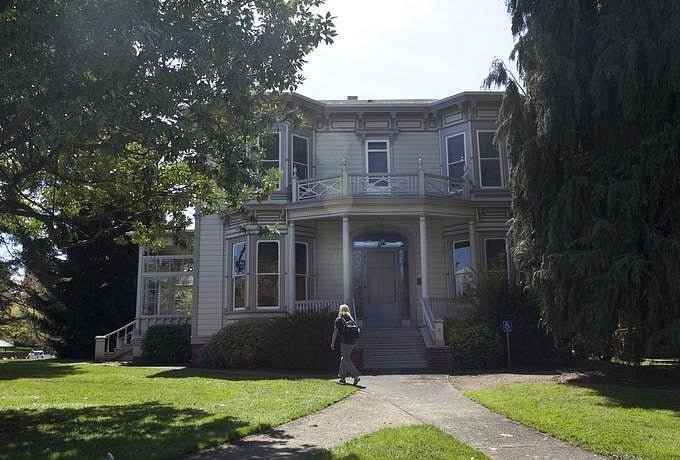About Motions
What are motions?
Motions are formal actions taken by the Senate to express its collective will on academic matters, make recommendations, or publicly communicate its opinion on a topic or issue.
Why are motions important?
The University Constitution delegates the shared governance authority of the statutory faculty to the University Senate. The effective execution of this authority requires that the University Senate express its views on University issues through appropriate motions passed in the University Senate as Legislation, Policy Proposals and Resolutions.
Who can introduce a motion?
All members of the University Senate, members of the Statutory Faculty as defined in the University of Oregon Constitution Section 2.2 and Emeriti Statutory Faculty have the right to introduce motions.
Three Types of Motions
The UO Senate operates via formal actions called "motions." Motions can take three forms: Legislation, Policy Proposal, or Resolution.
Legislation
Legislation shall be limited to issues that relate to the academic missions of the University.
Policy Proposal
Policy proposals shall be restrited to new or revised University policies that are or will be posted on the University of Oregon Policy Library website.
The Motions Process

- Notice of motion: new motions are announced one month in advance of Senate meeting at which they will be introduced. Even when the notice deadline is met, some motions may be referred to committee should they need additional development, or postponed to make space for more time sensitive issues. Generally, motions are taken up on a first come, first serve basis.
- Motion text deadline: Final motion text must be submitted to Senate Exec Coordinator at least 8 days in advance of meeting at which motion will be discussed. Final motion text will be posted 5 days in advance of meeting.
- Approved motions are forwarded to the UO President for additional review and implementation.The President has 60 days to formulate a response, which is then attached to the motion. Implementation steps may require additional work by the Senate, as in the
case of limited-duration task forces formed for special projects. - Motions that are rejected or postponed indefinitely remain part of the official historical record of the Senate, but no further action is taken and not forwarded to the UO President.
Related Resources
- Docket Deadlines (notice of motion)
- Writing/submitting a motion
- Senate Rules Committee: some motions are referred to this small group for help in drafting
motions before they are introduced to the Senate. Motion sponsors may seek out
their assistance independently if they so desire. - If you have questions about whether your motion is ready for Senate review or should be referred to
committee, please contact senatecoordinator@uoregon.edu.
Motions History
For information on previous senate motions beginning with the 2016-2017 year, please visit our Motions Index page. Older motions can be accessed via the Senate archives pages.
Motion Timeline
Each motion has a timeline at the bottom of the page to allow you to track its progress over time.
-
AugUST 1, 2020
Notice Given
A member of the UO Senate and/or the UO Statutory Faculty has submitted a draft motion to the Senate leadership or Senate Executive Coordinator for consideration. Some motions, though having been properly noticed, do not get taken up by the Senate and remain in "notice given" status permanently.
-
September 30, 2020
Types of Senate Actions: Approved, Rejected, Postponed, or Postponed Indefinitely
The UO Senate has endorsed, rejected or postponed a motion. Approved motions are forwarded to the UO President for review and further action/implementation as needed.
No additional action is taken on motions with "rejected" or "postponed indefinitely." Those motions postponed until a specific future date are either referred to committee for additional revisions and/or are taken up at a future senate meeting to be approved or rejected.
-
May 15, 2021
Follow-up actions
Some motions call for additional follow-up work by the Senate, the Administration, and/or its committees. This can take the form of a one-time or annual report, additional senate motions, development of policy proposals, etc. Follow-up actions must have specific dates/timelines attached to them.
